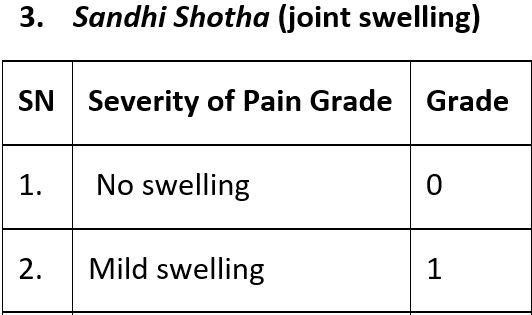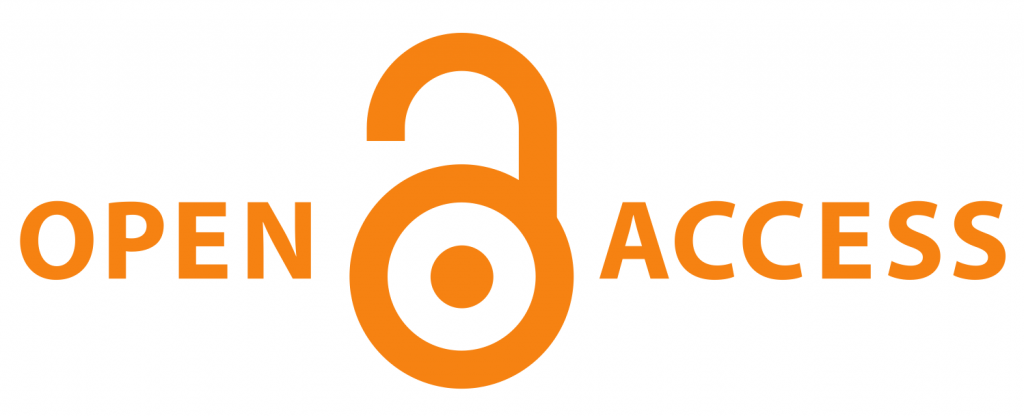Holistic Management of Sandhivata Integrating Ayurveda Medicine - A Case Study
DOI:
https://doi.org/10.21760/jaims.10.9.33Keywords:
Sandhigatavata, Mahayograja Guggulu, Dashmoola Kwath, Vatavidhwanshaka Rasa, Shanshamani Vati, Snehana, SwedanaAbstract
In the illness known as Sandhigatavata, Vata affects the joints, resulting in pain, swelling, and discomfort while moving them. Among its several causes include injury and Dhatukshaya. These days, analgesics and calcium supplements are used to treat this illness. However, it turns out to have minimal impact. The medicinal care of Sandhigatavata, which is also highly efficient in treating it, is explained in great length in Ayurvedic science. We are reporting a case of a 50-year-old woman who complained of pain over B/L knee joint and restricted movement, and unable to climb stairs. She was tested using Kellgren's radiological scale and was diagnosed with osteoarthritis (Sandhigatavata).[1] Mahayograja Guggulu, Dashmoola Kwath, Vatavidhwanshaka Rasa, Shamshamani Vati and Eranda Tail were to be administered internally, while Swedana was to be administered outwardly as Janu Basti with Mahanarayana oil for 21 days respectively. The effectiveness of the therapy was assessed using the Visual Analogue Scale for Pain, the Swelling Score, and the Womac Scale for evaluating daily routine job abilities. The visual analogue pain scale, range of motion, and capacity for daily regular tasks all showed notable improvements. The appropriate use of internal Snehana and external Swedana in this patient greatly enhanced their quality of life. As a treatment for a degenerative disease that is quite prevalent in our culture, this discovery is extremely pertinent to the current situation.[2]
Downloads
References
Charaka. Charaka Samhita with Chakrapani Commentary. Chikitsasthan, Chapter 28, Vatavyadhi Chikitsa, Verse 37. Varanasi: Chaukhambha Surbharti Prakashan; 2011. p. 618.
Charaka. Charaka Samhita with Chakrapani Commentary. Chikitsasthan, Chapter 28, Vatavyadhi Chikitsa, Verse 181. Varanasi: Chaukhambha Surbharti Prakashan; 2011. p. 624.
Charaka. Charaka Samhita with Chakrapani Commentary. Chikitsasthan, Chapter 28, Vatavyadhi Chikitsa, Verse 79–80. Varanasi: Chaukhambha Surbharti Prakashan; 2011. p. 620. Available from: https://ayushdhara.in
Charaka. Charaka Samhita with Chakrapani Commentary. Sutrasthana, Chapter 11, Trishneeya Adhyaya, Verse 55. Varanasi: Chaukhambha Surbharti Prakashan; 2011. p. 78.
Govind Das. Bhaishajya Ratnavali. Chapter 26, Vatavyadhi Chikitsita, Verse 343–354. Varanasi: Chaukhambha Prakashan; p. 560.
Sharangdhar. Sharangdhar Samhita. Madhyam Khanda, Chapter 2, Verse 89–95. Translated by Murthy KR. Varanasi: Chaukhambha Sanskrit Pratisthan.
Trikamji J. Charaka Samhita of Agnivesha. Sutrasthana, Chapter 14, Sweda Adhyaya, Verse 44. 1st ed. Varanasi: Chaukhambha Prakashan; 2013.
Patra DS, Dash DDP. A literary review on Dhanyamla Dhara. World Journal of Pharmaceutical Research. 2022 Jul 6;11(10):405–8.
Makodiya AV, Sharma A, Shukla RB, Ramani H. Effect of Dashamooladi Basti in the short-term management of Amavata w.s.r. to rheumatoid arthritis. International Research Journal of Ayurveda & Yoga. 2022;5(1):60–9.

Published
How to Cite
Issue
Section
License
Copyright (c) 2025 Priya Singh, O. P. Tiwari

This work is licensed under a Creative Commons Attribution 4.0 International License.














